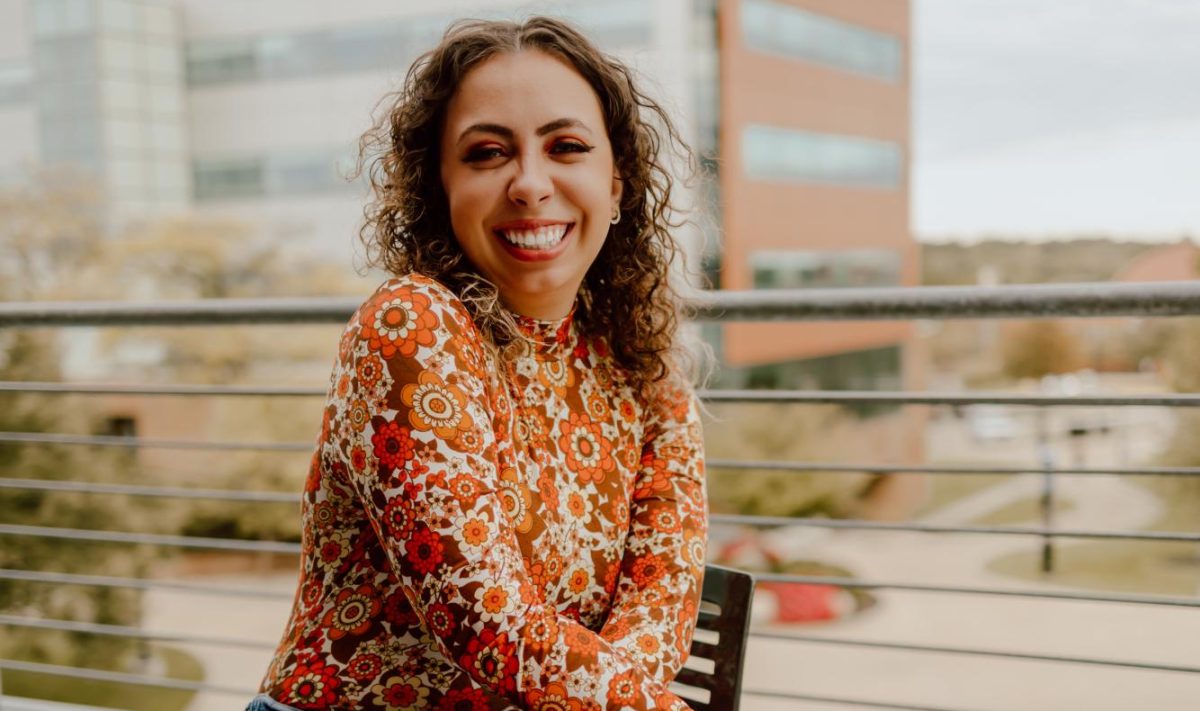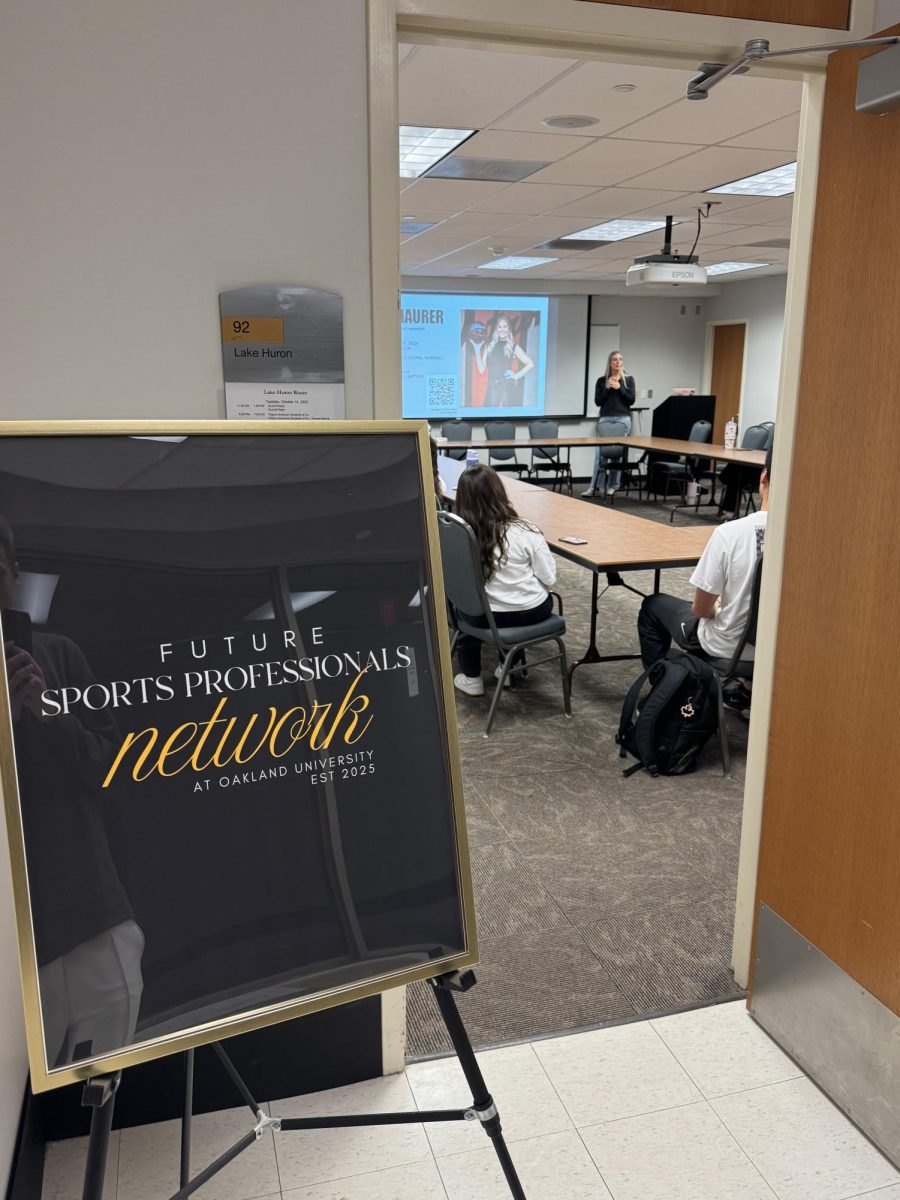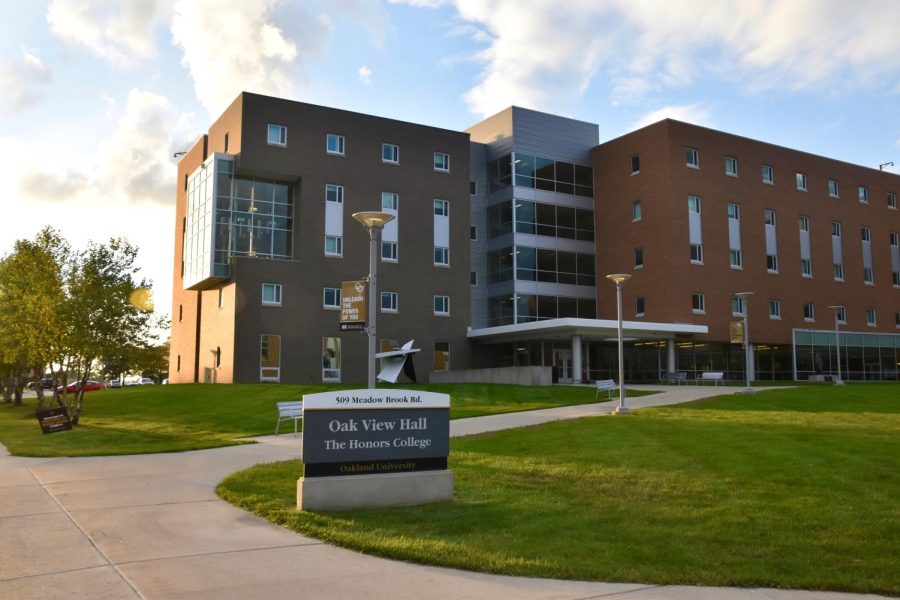College is expensive. College is really, really, really, really, really expensive. The average cost of tuition at a public institution in Michigan over the course of a four-year degree is approximately $52,000, for a public in-state school, according to the Michigan Education Savings Program (MESP). This does not factor in the cost of living on or off campus.
How do prospective college students and current students pay this? There’s a wide variety of options that one can call upon to pay for schooling. For me, I started out at a four-year private in-state school in Kalamazoo, Mich. I received several scholarships for good academics in high school. I also took out federal loans.
The student loan program, at the federal level, is in disarray.
Under the Biden administration, a sweeping and comprehensive student loan forgiveness program went into effect, but was under fire from Congress and the Judiciary. The former presidential administration’s SAVE program was blocked by the 8th circuit court of appeals in February of this year.
This program would have given relief to a good amount of people paying back their student loans, and after a while, would even eliminate their debt.
The Trump administration’s current iteration of the SAVE program will be continued through IBR (or income-based repayment) and debt cancellation for a portion of borrowers after they are deemed eligible.
Private lenders are used by the federal government to grant these loans to students, primarily new adults aged 18. At its core, student loans being granted to this group of people is sketchy at best, and predatory at worst.
However, I have not taken out the max student loans available. I transferred to Oakland University in 2023 after a year and a half at my old school and have been under less financial stress since making the change.
It’s nice that Oakland prides itself on being a cheaper alternative to bigger public state schools such as U of M and MSU. OU does not have any hidden fees, positioning themselves as a successful and accredited foil institution.
In many ways I lucked out. I chose to transfer to my hometown university, with programs and faculty in my department that are fantastic, and with a welcoming community that I found my place in.
There was a point in August, however, where I was not sure if I could pay for school. Usually, federal subsidized loans cover most of my tuition. This summer I was given a generous scholarship and had financial support from my parents. Everything was set for my last semester in my undergraduate degree.
But then, poof. My subsidized loans were cancelled.
Everything I have been reading about in the news cycle, over the past three years with the promise of an overhaul of the federal student loan program, and the SAVE initiative, finally breached into my world.
I was only a one semester student at OU this academic year, and because of this, my subsidized loans were deemed unnecessary. Last minute, I scrambled to get together some saved money, begrudgingly took out some unsubsidized federal student loans and set up a payment plan with OU.
Even after the payment deadline, I managed to scrape together enough money — and promised money — to pay for school.
I am one of the lucky ones.
Many students did not get to my position to be able to pay for school last-minute, after getting blindsided by money troubles. However, I believe that there are some things, on the state level, the government is doing right in regards to funding students’ education.
In 2024, the governor of Michigan, Gretchen Whitmer, secured funding for tuition free community college for high school graduates in Michigan. A step in the right direction.
Community college is becoming a more viable option for students who either want a minimal education after high school, students pursuing technical degrees and even students who are not sure what they want to do. School is essential, especially after graduating high school. Knowledge is power, and knowledge should not be gatekept by how much money is at your disposal.

















Yousef • Oct 9, 2025 at 9:16 AM
College doesn’t have to be expensive. I ate ramen and eggs and worked as much overtime as I could and still managed. You can too. 54k sounds like alot but over four years isn’t that bad (13.5k per year). With a part time job, internships, smart living accommodations it isn’t insurmountable.